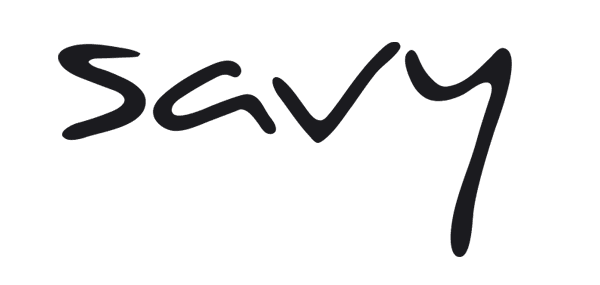Your headlines are gripping. Your grammar is great. Your content is helpful. So why aren’t your readers, well, reading? The answer is simple: you need to format your content for the web.
Did you like that lead in? Yoast didn’t. In fact, it dropped my readability score from “Good” to “Needs Improvement.”
Reading online is an entirely different experience than flipping through a physical book. Screens exhaust your eyes. Vibrant colors and sidebar ads disturb your focus. A million other web pages are right there, waiting to be explored. The New Yorker explains, “On screen, people tend to browse and scan, to look for keywords, and to read in a less linear, more selective fashion.” Adjusting your formatting to match could be the difference between 20 and 200 readers.
Scannable Content = Higher Readability Score
Readers spend less time on an online article than they would a print one, so make your most important information easy to find. A strong title will get readers onto your page. Subheads will keep them there and get them to read the rest of your content.
Streamline Your Story
- Intriguing Titles: Your title should engage readers while keeping the main focus of the article clear.
- Straightforward Subheaders: There’s a reason we take notes this way in school. Nothing says readability quite like an outline.
- Bulleted Lists: They visually break up large chunks of text and make presenting multiple points quick and easy.
- Brief Paragraphs: Keep your paragraphs tight with only 3-4 sentences each.
The Inverted Pyramid
The inverted pyramid is used by journalists and bloggers to prioritize and structure important information in an article. It’s an easy way to make sure your readers get the most important information as quickly as possible while upping your readability score. Failure to mention the most attention-grabbing or necessary elements of a story in the opening risks burying the lead.
Benefits
- Readers can stop reading the story at any point and still get the most important takeaway.
- The first few sentences on your page are more likely to contain your relevant keywords and boost your SEO.
- Front-loading your paragraphs helps readers scan a few sentences of each paragraph to get a clear understanding of the full story.
The inverted pyramid is essentially an upside-down triangle. The widest section at the top gives the most important information immediately. The narrowing portion below shows that the rest of the story’s information should follow in order of diminishing importance so that the least relevant elements are the end of the story.
The inverted pyramid can be broken down into three levels:
Most Newsworthy Information: Communicates the essential facts of who did what, when, where, and why.
Important Details: The “nut” graphs that follow hold any additional information such as quotes, statistics, how it happened or why it’s relevant.
Additional information: Includes background information and personal or community speculation.
In short, writing with scan-ability in mind could be all your writing needs to grab (and inform) your online readers. So let us know in the comment section what you’ve done to with your content to increase your readability, and flow, score!


This is excellent. When I started blogging, I used to write web content like a novel; no white space, no double space.
Later i realised how stupid it was. I now advise all writers to break content into sub-headings and use images, videos, bullets and lots of white space to enhance readability.
Many thanks for sharing this.
Hi Kegesa,
I know a thing or two about writing content like a novel myself. 🙂
Thanks for your comment!